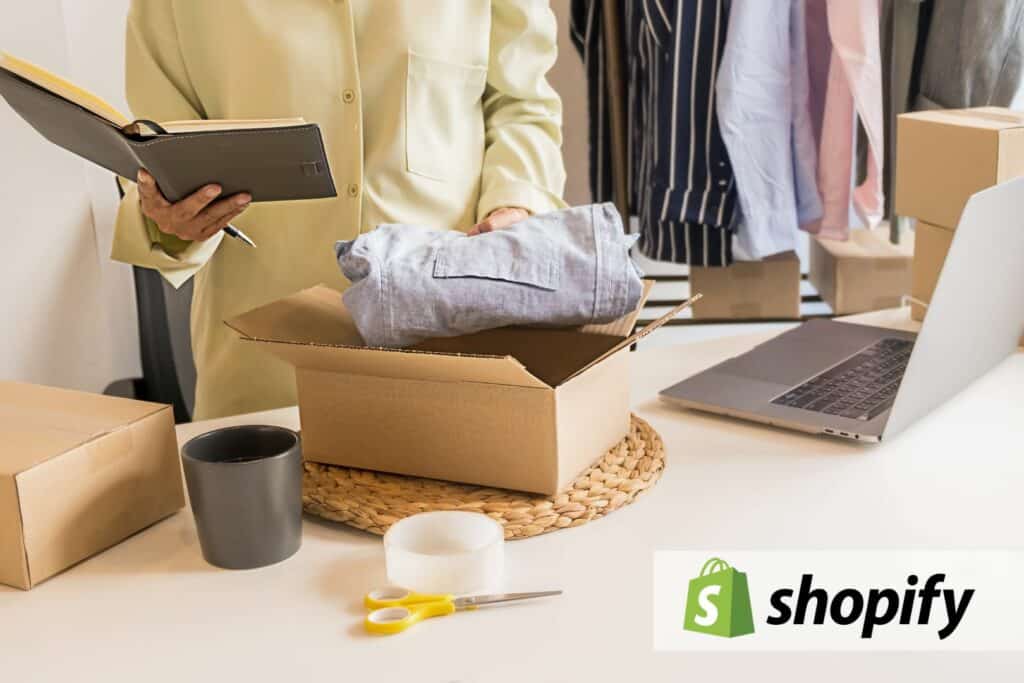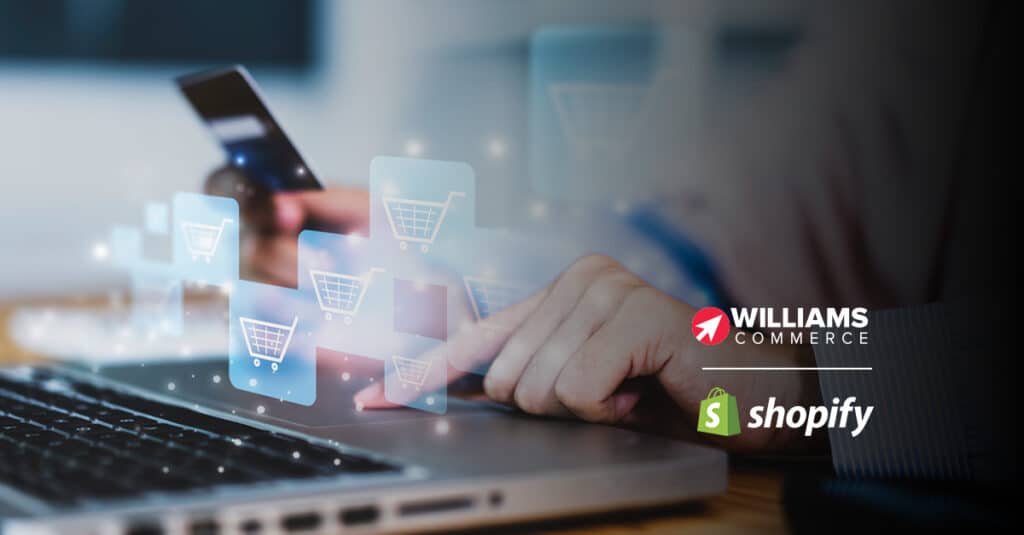2015 was, without doubt, a great year for ecommerce with sales expected to top £60 billion, and with the UK expected to lead the way to 19.3% of sales by 2019.
Retailers such as John Lewis reported a fantastic 40% of sales coming from online over the 6 weeks to Christmas
Delivery
Having a great delivery proposition is one of the main influencing factors in customer conversion. With couriers catching up to the rapidly expanding eCommerce market, for 2016 we predict an increase in order cut-off times, specific delivery slots, same day delivery and Sunday deliveries.
Examples of retailers at the forefront of innovation include Next with a midnight cut-off for next day delivery and Argos offering same-day delivery when ordering before 6pm.
As a smaller retailer you do not necessarily need to invest in an expensive logistics infrastructure to compete with the giants. Williams Commerce has a Magento extension that integrates with Shutl, offering your customers a guaranteed delivery slot from up to 1 hour after purchase.
Ecommerce Payments
Another key eCommerce conversion factor is having a range of payment gateways for your customers to choose from.
Last year saw a successful ApplePay launch supported by a wide range of merchant banks, however this so-far has been limited to in-app and in-store purchases. This year it has been rumoured that ApplePay will be extended to support browser-based purchases, with high hopes of streamlining the checkout process and conversion rates even more so than with ‘wallet’ system such as PayPal and SagePay.
We also hope to see increased uptake of localised payment methods, such as Klarna invoice payments, and Sofort bank transfer payments that are very popular in Europe.
It is very important to research the markets you are launching in, or are already live in as you may be missing out on vital sales from international customers expecting payment methods that you are not providing.
Omni-channel
Omni-channel retail has been a C-level buzzword for some time now, with interpretation and implementation somewhat ambiguous between retailers.
In 2016 we expect to see a more seamless shopping experience, mainly around cross-channel fulfillment, returns and customer service. This would ideally include click and collect, collect & return in-store and purchasing (out of stock and extended catalog) in store for delivery.
Other ideas include cross-channel gift card purchase & redemption, and use of beacon technology such as PowaTag.
To deliver an Omni-channel experience the key is in well architected integrations between systems. For our clients that means connecting Magento to platforms like MNP’s OrderActive, Khaos Control, Prima and Brightpearl – and of course Flint have robust off the shelf extensions to achieve this.
Content and product personalisation
Personalisation technology is not a new concept, and we hope that, with advances in integration simplicity, an increase in uptake will be seen this year. It is no secret that the key to conversion is to put the right products in front of the customer as quickly as possible, but what is less obvious is that choice can be de-motivating, especially if it goes beyond the simple validation of price and quality. Personalisation is not just about products however, this next year will also see content being personalised as well.
3 technologies that provide automated cross-sell and up-sell solutions and integrate easily with Magento include Nosto, Peerius, and The Filter. Example successes from Nosto include an average increase in conversion rate of 125% and increase in average order value of 24%.
Mobile
Mobile sales are expected to grow by a huge 23.7% in 2016 to £24.85 billion, from £20.09 billion in 2015, accounting for a 30% of total eCommerce sales in the UK.
By 2019 it is predicted that mobile will account for over 43% of UK eCommerce sales, no doubt eventually topping desktop sales.
Having a mobile optimized site (either responsive or adaptive) is already a basic requirement for any ecommerce store, but what will develop this year is that design will start with and focus around mobile, and then extrapolate to desktop. This is a distinct change, and is already having a significant knock-on effect on eCommerce ‘Dominant Design’.








